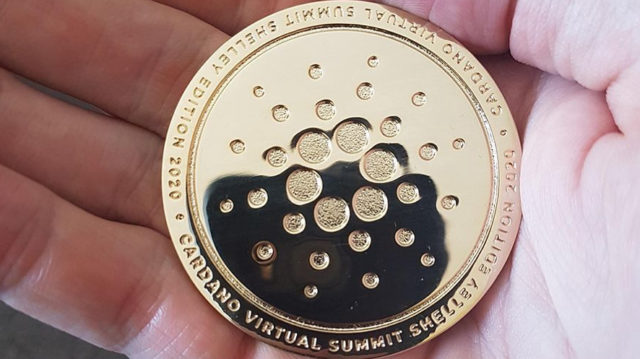A mysterious little dragon lives in the ice of South America’s Andes Mountains – and if you blink, you could miss it. The Patagonian ice dragon is an insect just over 1.3 cm long and lives in glaciers.
Southern Patagonia’s ice field can serve as an impressive reservoir of fresh water, but rivers of ice are a difficult place to live. The Patagonian dragon, a type of aquatic fly, has adapted to survive in this frozen land. The dragon is what scientists call an extremophile, or an organism that can live in extreme environments.
This aquatic fly is the only insect that lives in the Patagonian ice field, and its entire life cycle takes place on the ice. There are two known species of ice dragon, the Andiperla morenensis and the andiperla willinkibut there may be others waiting to be found.
That’s the extent of what scientists know, said biologist Isaí Madríz. Everything else is based on hypotheses or speculation. But there are more questions than answers about the ice dragon.
Small but mighty
Time might be running out for the ice dragon. The tiny insect is in danger because the ice sheet it calls home is rapidly melting due to global warming.
Madríz is determined to learn everything he can about the dragon, and to share that knowledge with others, to better understand a rare creature that learned to survive in an icy, barren landscape millions of years ago.
Often called an “insect detective,” Madríz has been researching Patagonia’s biodiversity for years. In addition to being the world’s expert on the primitive fly, he investigates poorly understood insect lineages.
During his regular expeditions to the ice field, Madríz began collecting information about his observations of the ice dragon and sharing it with laboratories studying the species in Argentina and Chile.
“I was face down on the ice, moving forward slowly, looking at the bugs and following them,” he says. “It’s like going back to when you were a kid, looking at insects and figuring out what they do.”
the insect detective
Your investigation paid off. So far, Madríz has been able to observe behaviors of these insects that can only be witnessed in the field.
He saw ice dragon eggs up close – a rarity, as young ice dragons proved difficult to find.
“The amazing thing is that once you start looking at the eggs, they look like a small shrimp,” Madríz said. “You can see the entire organism already developed.”
When the female ice dragon lays her eggs, the baby bugs are already fully formed. Scientists still don’t know how long they take to emerge from the eggs, but their invisible nature is now understood – it’s because young ice dragons are translucent. On ice, they are impossible to see until they start to grow and mature and their exoskeletons become darker.

Madríz also learned, by accident, that ice dragons can withstand the other extreme. To preserve and study specimens, scientists often boil them briefly in water, which helps them maintain their shape without the tissues collapsing.
The expert doused three ice dragons in boiling water for about 10-15 seconds and turned around to do something else. When he came back, one of the ice dragons was crawling out of the water.
“We’re going to find that this species is a lot more interesting than we thought, because you don’t go from freezing to boiling water and survive, with the exception of something like a tardigrade,” he said. Microscopic tardigrades have the ability to survive and even thrive in the most extreme environments.
remaining questions
Madríz hopes that many answers about the ice dragon will be revealed in the coming years. He wants to find out how these insects chose to make their homes in glaciers instead of water, and then adapted to a unique lifestyle.
He and his fellow researchers are working hard to discover the species’ inner workings, including how it survives in the ice field and what it eats.
There is currently speculation that ice dragon blood contains glycerol, a natural antifreeze, but the amounts and whether it prevents the insect’s blood from freezing are unknown. Future research may tell the story.
It is possible for ice dragons to feed on small algae. They can also eat other insects that live in nearby valleys and are carried away by the wind, landing on glaciers and dying. And ice dragons are known to feed on cryoconite, the fine powder in ice made from microbes and other tiny particles. This windblown dust can land on glaciers and decrease their reflectivity, which can make it easier for them to melt.
“When you find the one [inseto] that can live in that environment, so it has to have some impact on the environment,” said Madríz.
He wants to start a captive breeding program within the next two years to help save this insect before its ecosystem disappears. Madríz hopes that raising awareness of this mysterious creature can make its conservation self-sustainable. Hiring field guides to teach tourists about ice dragons can also help educate travelers exploring Patagonia’s endangered glaciers.
Instead of seeking out selfies on the ice, visitors can come looking for the ice dragon and leave with an understanding of an incredibly unique ecosystem, Madríz said.
Source: CNN Brasil
I’m James Harper, a highly experienced and accomplished news writer for World Stock Market. I have been writing in the Politics section of the website for over five years, providing readers with up-to-date and insightful information about current events in politics. My work is widely read and respected by many industry professionals as well as laymen.





